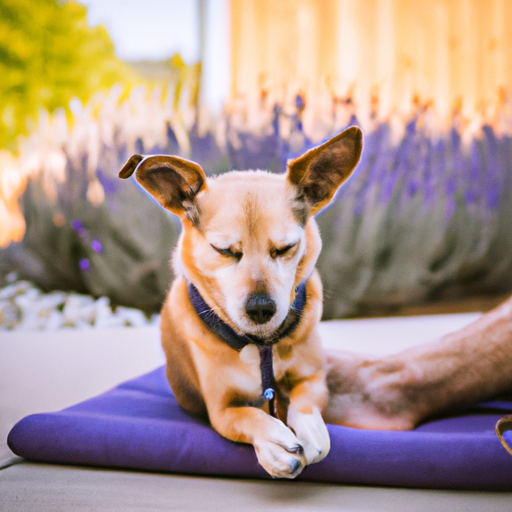Understanding Dog Anxiety
Dog anxiety is a real issue and it’s more common than you might think. If your dog is behaving unusually, acting out or showing signs of aggression, they may be suffering from anxiety. Anxiety in dogs can stem from a variety of causes, including separation, fear, aging, or even genetics.
- Separation anxiety: Dogs get anxious when they’re left alone.
- Fear-related anxiety: Loud noises, strange people or animals, visual stimuli like hats or umbrellas, new or strange environments, specific situations — like the vet’s office — can all trigger fear-related anxiety.
- Age-related anxiety: As dogs get older, their cognitive function starts to decline. They may start to get anxious about things that never bothered them before.
Recognizing the Symptoms
You need to know what signs to look out for to determine whether your dog might be anxious. Dogs communicate their discomfort in various ways and it’s our responsibility as caregivers to understand and respond to them. Here are some common symptoms of anxiety in dogs:
- Aggression
- Urinating or defecating in the house
- Drooling
- Pacing
- Restlessness
- Excessive barking
- Compulsive behaviors
Anxiety symptoms can be subtle or overt, so it’s important to be familiar with your dog’s normal behavior. Changes in your dog’s behavior are typically the first sign that something is wrong.
Ways to Treat Anxiety in Dogs
When it comes to treating anxiety in dogs, there are a few different options. It’s always best to consult with a vet or a professional dog behaviorist if you’re unsure about what to do.
- Behavioral Training: This is often the first step. Desensitization and counter-conditioning can be effective methods in many dogs.
- Medication: In some cases, medication may be necessary. This should always be a last resort and only used under the supervision of a vet.
| Method | Pros | Cons |
|---|---|---|
| Behavioral Training | Natural, can be highly effective | Time-consuming, requires patience |
| Medication | Can provide fast relief | Potential side effects, doesn’t address root cause |
Long-Term Management and Support
Long-term management of anxiety in dogs often involves a combination of behavioral training and lifestyle adjustments. This might mean making changes to your routine or your home environment, depending on what triggers your dog’s anxiety.
Here are a few tips:
- Provide a safe space: Give your dog a quiet, comfortable place where they can retreat when they’re feeling anxious.
- Regular exercise: Regular physical activity can help reduce anxiety by burning off excess energy and promoting better sleep.
- Mental stimulation: Mental stimulation can also help reduce anxiety. This could be in the form of puzzle games, training sessions, or social interactions with other dogs.
- Consistent routine: Dogs thrive on routine. A consistent daily schedule can help an anxious dog by giving them a sense of predictability and control.
FAQs
Q: Can I leave my anxious dog alone?
A: If your dog has separation anxiety, it’s best to avoid leaving them alone for long periods of time if possible.
Q: Are some dog breeds more prone to anxiety?
A: Yes, some breeds are more prone to anxiety than others. However, any dog can develop anxiety regardless of breed.
Q: Can I cure my dog’s anxiety completely?
A: It’s not always possible to completely cure a dog’s anxiety, but it can usually be managed with the right approach.
Q: Should I consult a vet or a dog behaviorist?
A: It’s always a good idea to consult a professional if you’re struggling with your dog’s anxiety.
Remember, as a caregiver, your dog looks to you for guidance and protection. Your patience, understanding, and love can make a big difference in helping your dog manage their anxiety.



